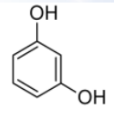Phenols
1/13
There's no tags or description
Looks like no tags are added yet.
Name | Mastery | Learn | Test | Matching | Spaced |
|---|
No study sessions yet.
14 Terms
Phenol Coefficient
The ratio of a dilution of a given test disinfectant to the dilution of phenol that is required to kill (to the same extent) a strain of Salmonella typhi under carefully controlled time and temperature conditions.
Stronger Disinfection
Higher Phenol Coefficient
Weak Disinfectant
Lower Phenol Coefficient
It increases bactericidal activity, especially in the para position.
How does substitution with alkyl, aryl, or halogen groups affect bactericidal activity of phenols?
Protein Denaturation
MOA of PHENOLS
Low Concentrations
Cell Membrane Lysis
MOA of PHENOLS
High Concentrations
Phenol, USP
- A colorless to pale-pink crystalline material with a characteristic “medicinal odor”
- Soluble in 1-15 parts of water, very soluble in alcohol, soluble in methanol and salol (phenyl salicylate)
- Caustic to skin; must be diluted to avoid tissue destruction and dermatitis
p-Chlorophenol
Hexachlorophene
Cresol
Thymol
Eugenol
Resorcinol
EXAMPLES OF PHENOLS
p-Chlorophenol
EXAMPLES OF PHENOLS
- Used in combination with camphor in liquid petrolatum as an external antiseptic and anti-irritant
- Phenol coefficient: 4
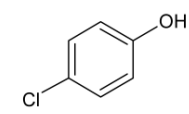
Hexachlorophene
EXAMPLES OF PHENOLS
- A white to light-tan crystalline powder that is insoluble in water but is soluble in alcohol and most other organic solvents
- As a biphenol, possesses greater potency than a monophenol
- Increased degree of chlorination of hexachlorophene increases its antiseptic potency further
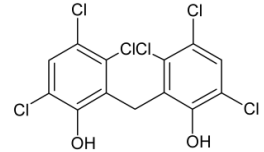
Cresol
EXAMPLES OF PHENOLS
- A mixture of three isomeric methylphenols
- Occurs as a yellow to brownish yellow liquid
- Obtained from coal tar or petroleum
- Phenol coefficient: 2.5
- Disadvantage: unpleasant odor
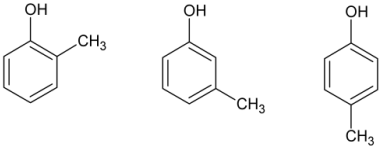
Thymol (isopropyl m-cresol)
EXAMPLES OF PHENOLS
- Extracted from oil of Thymus vulgaris
- Has mild fungicidal properties and is used in alcohol solutions and in dusting powders for the treatment of tinea (ringworm) infections
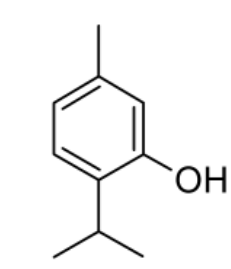
Eugenol (4-Allyl-2-methoxyphenol)
EXAMPLES OF PHENOLS
- Obtained primarily from clove oil
- Possesses both local anesthetic and antiseptic activity and can be directly applied on a piece of cotton to relieve toothaches
- Phenol coefficient: 14.4
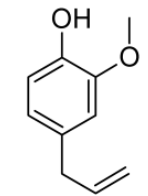
Resorcinol (m-Dihydroxybenzene)
EXAMPLES OF PHENOLS
- Crystallizes as white needles or as an amorphous powder that is soluble in water and alcohol (weak disinfectant)
- Less stable in solution, especially at alkaline pH
- Phenol coefficient: 0.4
- Used in 1% to 3% solutions and in ointments and pastes in concentrations of 10% to 20% for the treatment of skin conditions such as ringworm, eczema, psoriasis, and seborrheic dermatitis
- Keratolytic agent
